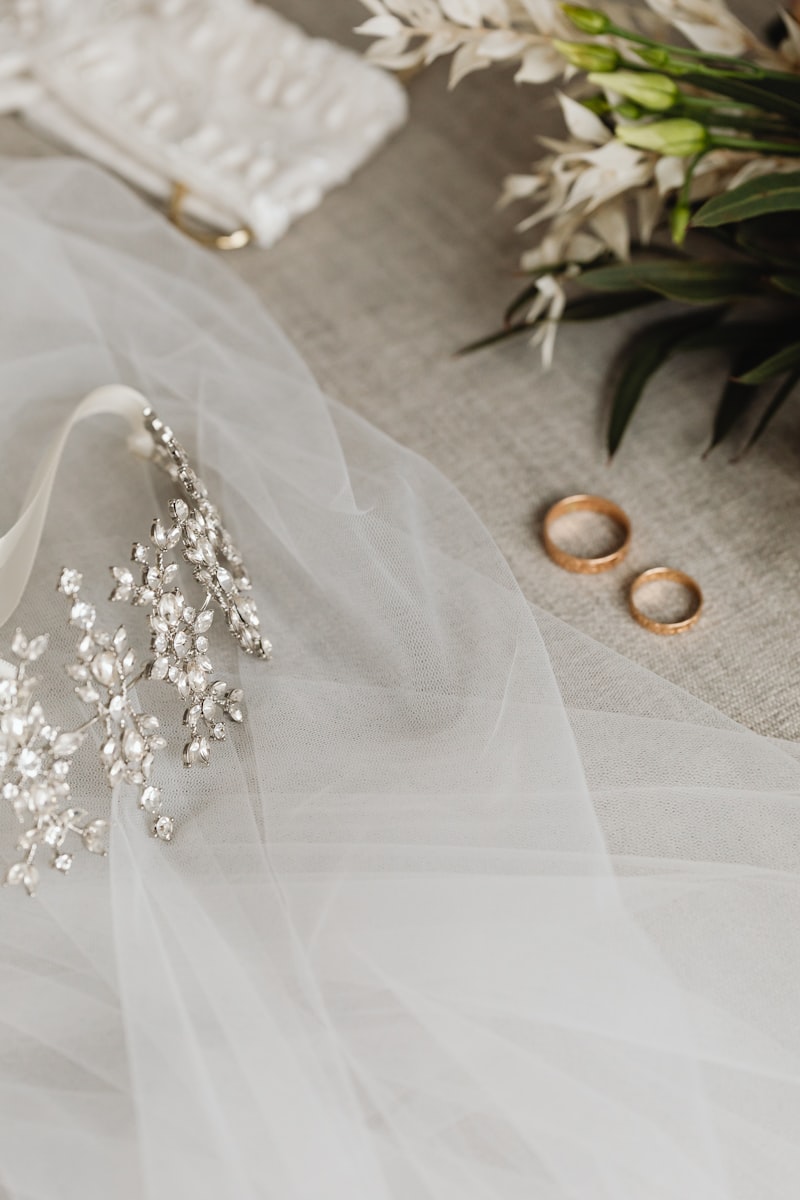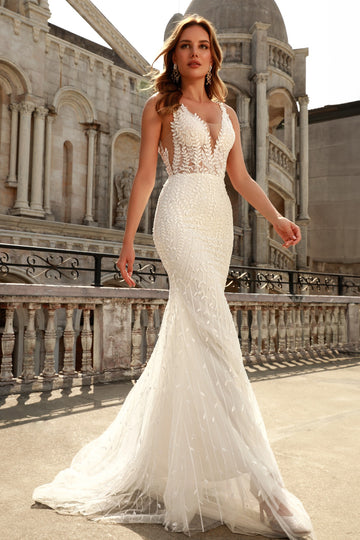Establishing a Wedding Dress Budget: A Comprehensive Guide for Bride-to-Be
Establishing a Wedding Dress Budget: A Comprehensive Guide for Bride-to-Be
Planning the perfect wedding can often feel like a balancing act, especially when it comes to finances. One of the most significant expenses on your wedding checklist is the wedding dress. Establishing a wedding dress budget is essential to ensure you secure the gown of your dreams while not overspending. In this article, we’ll take you through the steps to create a realistic budget, what factors to consider, and tips to save money without sacrificing style.
Understanding the Costs Involved
When it comes to establishing a wedding dress budget, there are several factors you should take into account. The total cost of a wedding dress can include the following:
| Item | Estimated Cost |
| Wedding Dress | $800 - $3,000 |
| Alterations | $100 - $500 |
| Accessories (veil, shoes) | $200 - $600 |
| Cleaning and Preservation | $100 - $300 |
These figures can vary significantly based on factors such as designer, fabric quality, and regional pricing differences. Below, we dive deeper into these components to help you get a clearer picture of your budget.
1. The Wedding Dress: Finding Your Dream Gown
Your wedding dress is a representation of your style and personality. It's important to remember that while it is a crucial part of the wedding, it should also fit within your budget. Here are some points to consider:
Designer and Brand: High-end designers can charge significantly more, sometimes reaching up to $10,000 for a dress. Determine how important a specific designer is to you compared to the overall look and feel of the dress.Fabric Choices: Some fabrics are more expensive than others. For example, silk and lace can elevate costs significantly. If you're on a tight budget, consider opting for synthetic materials that mimic the look of more expensive fabrics.2. Tailoring and Alterations: Making It Yours
Once you've made your dress purchase, you'll likely need to budget for alterations. These can range from simple hem adjustments to more complex fittings. It’s advisable to factor in:
- Complexity of alterations needed
- Local seamstress prices
- Number of fittings required
Getting estimates from different tailors can ensure you're making a financially sound decision.
3. Accessories: Completing Your Look
Your wedding look isn’t just about the dress; accessories play a critical role in transforming your overall appearance. Budgeting for accessories can include:

- Veils: Prices can vary from $50 to $500.
- Shoes: Depending on style, expect to spend between $50 and $300.
- Jewelry: This can range from minimalistic to extravagant, so consider what pieces are essential.
By setting aside a portion of your budget for accessories, you can ensure your look is cohesive and well thought out.
4. Cleaning and Preservation: Protecting Your Investment
After the special day is over, many brides wish to preserve their dresses as a keepsake. This can be an additional cost that you need to factor into your budget:
- Professional cleaning is recommended to remove stains and prevent yellowing over time.
- Preservation services can cost anywhere from $100 to $300, depending on the service provider.
Including these costs in your budget can help you keep your gown in pristine condition for years to come.
Setting Your Budget: Steps to Follow
Now that you understand the costs involved, let’s walk through establishing your wedding dress budget:
Step 1: Overall Wedding Budget
First, determine your entire wedding budget. This will give you a clearer view of how much you can allocate for each segment, including the dress.
Step 2: Prioritize Your Spending
Decide how significant the wedding dress is compared to other expenses. If the dress is a top priority, consider allocating a larger portion of your budget here.
Step 3: Research and Compare
Research different stores, designers, and collections. Visit boutiques, check online retailers, and consider second-hand options for more budget-friendly choices.
Step 4: Set a Realistic Figure
Based on your research, determine a comfortable budget that doesn’t compromise your financial situation. Aim for a number that feels appropriate, keeping the previous factors in mind.
Step 5: Monitor and Adjust
As you embark on your shopping journey, keep a close eye on your budget. If you find a dress you love but it exceeds your budget, assess whether it’s worth adjusting other areas or finding alternatives.
Tips to Save on Your Wedding Dress Budget
Here are some additional tips to help you save while still securing a stunning gown:
- Sample Sales: Many bridal boutiques hold sales to clear out past season dresses. This can be an excellent opportunity to snag a deal.
- Off-Season Shopping: Shopping for your dress in the off-peak times can yield discounts as bridal shops look to increase sales.
- Consider Renting: If purchasing a dress doesn’t fit into your budget, look into rental options that can provide you with a designer dress at a fraction of the cost.
- Buy Second-Hand: Websites like Stillwhite and Preowned Wedding Dresses can connect you with brides who are selling their gently used gowns.
Conclusion: Your Wedding Dress Budget Matters
Establishing a wedding dress budget is crucial for any bride navigating her wedding planning journey. By understanding the costs involved and taking the proper steps, you can achieve the perfect wedding dress without succumbing to financial stress. This guide serves to empower you in making informed decisions while ensuring that your special day remains enjoyable and memorable.
Remember, your wedding dress is not just a piece of fabric; it symbolizes a milestone in your life. Happy wedding planning!
